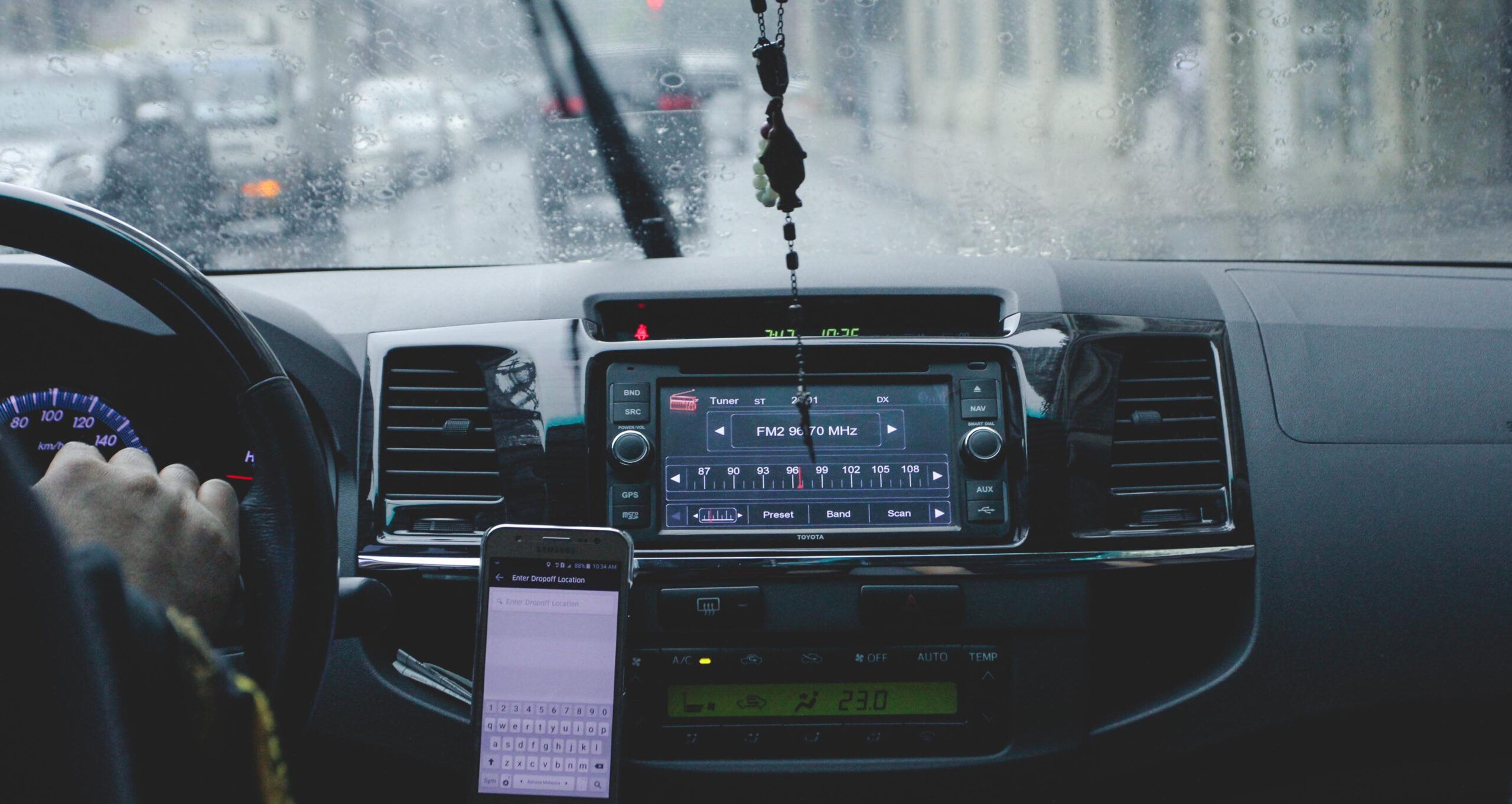The Changing Face of Liability – What Are The New Gray Areas?

The Changing Face of Liability – What Are the New Gray Areas?
The liability landscape has been evolving rapidly as technological, social and economic trends change.
So says Liberty Mutual Insurance in a recently published article for RISK&INSURANCE. The article asserts that there are three
major factors at play which complicate the liability landscape for risk management and insurance.
Technology
According to Jessica Rogin, Vice President, US. Casualty Claims – Specialty, Liberty Mutual, “Technology creates gray area,
and more opportunities to connect companies to events that they traditionally wouldn’t have been connected to.” So for
example, an accident occurs because a driver becomes distracted while responding to a text. From a liability perspective,
the fly in the ointment arises if the text originates with the driver’s employer. If the accident occurs while the driver is using
his personal vehicle outside of work hours, plaintiff attorneys can make the argument that the employer can be held
responsible for damages since the distraction originated with the text from the employer.
Another technological gray area involves autonomous cars. Designed to drive safely, what happens when there is a
malfunction and an accident results?
Escalation of Jury Awards as Juror Views shift
Jury awards are escalating and according to Rogin, “there’s a different sense of social responsibility
among jurors in their mid twenties and thirties.” Younger jurors appear to hold corporations accountable for a high
degree of responsibility toward their employees and toward society in general and this includes paying for physical
and non-physical damage. Consequently punitive damage and pain and suffering awards are increasing.
Tighter Labor Market
With the currently historical low unemployment rate, companies are increasingly outsourcing certain functions,
including for example, driving. However, the article reminds us that outsourcing the driving function does not
mean outsourcing the liability. In many cases company hire drivers AND vehicles to fulfill product orders,
delivery etc. However the company still holds responsibility to ensure that a qualified driver is behind the wheel.
Tightening labor markets make it more challenging to find suitably qualified candidates and with this comes the
potential for greater liability exposure.
How to respond to the changes?
Education is key. Keep clients informed of any potential changes in exposure.
Review company policies in regard to distracted driving, and use of personal vehicles and be sure that safe practices
are understood and are adhered to. Clarify the company response to breeches of these policy expectations.
Have company attorneys review legal contracts with third parties in regard to service standards and hiring and safety practices.
Review and consider increasing limits on core, umbrella and excess liability coverage as risk transfer costs rise in
response to the frequency and severity of losses.
Learn More